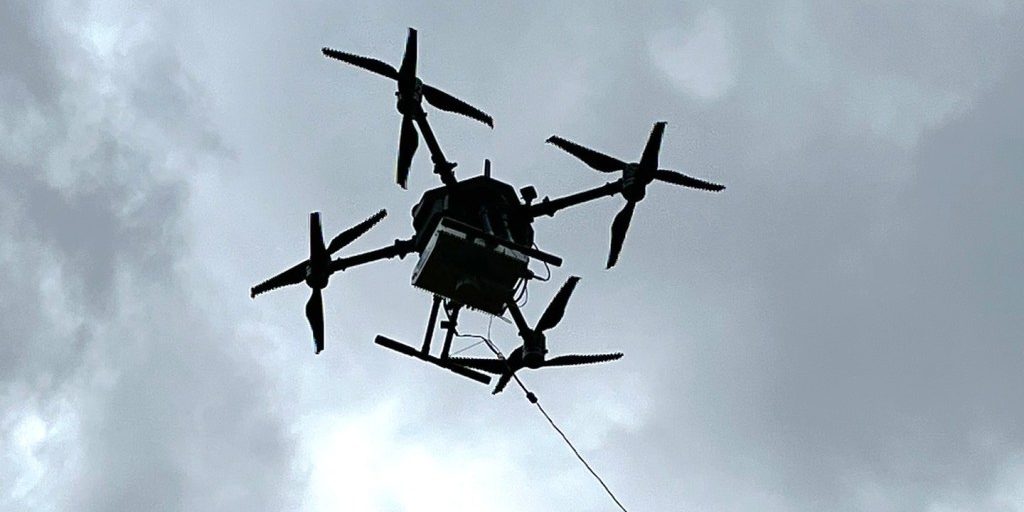The Johns Hopkins Applied Physics Laboratory (APL) in Laurel, Maryland, is contributing to the development of a prototype miniaturized cellular system that may one day keep Warfighters and first responders connected in austere environments.
The goal of the Standalone On-the-Move Advanced Relay (SOAR) program is to design a 5G system small enough to be carried in a drone to provide cellular network capabilities across an area up to 100 square miles (259 square kilometers).
SOAR originated in 2020 after Congress urged the U.S. Department of Defense (DoD) to develop a tactical 5G system. “Such systems are attractive because they keep costs down by allowing the military to control a variety of devices — especially drones — with cheaper radios,” said Sean Brassard, an engineering program manager in the DoD Special Operations Program Area at APL.


